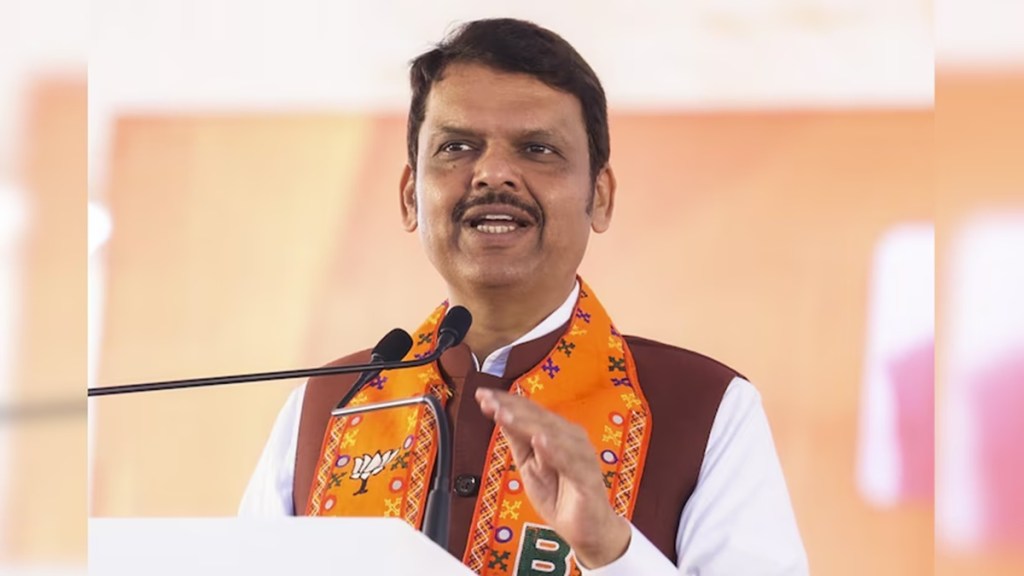After the Bharatiya Janata Party’s (BJP) poor Lok Sabha performance in Maharashtra in June this year, Devendra Fadnavis famously likened himself to Abhimanyu who, he said, knows how to break the Chakravyuha. It was then seen as a false bravado. Six months later, however, Fadnavis has indeed walked his talk. Going by his reasonably good track record in his first term as chief minister from 2014-19 (the second one lasted merely 80 hours) and the BJP’s resounding victory in the Assembly elections under his leadership, Fadnavis deserved to be at the centre of all attention at Thursday’s swearing-in ceremony of the new government. Politically, this time his job should be a lot easier. Last time, he was unfairly kept out of the CM post for five years by the united Shiv Sena’s intransigence following the 2019 Assembly results demanding the post by rotation, which led to the alliance collapsing and the BJP losing power.
This time, there is indeed some discomfort with the Shiv Sena led by Eknath Shinde but it is not expected to be anything serious, as the BJP is comfortably placed with just 13 short of a simple majority of its own. Of course, there will be the tension of alliance politics with both Shinde and Ajit Pawar (Nationalist Congress Party) eager to extract their pound of flesh. Also, the local body elections, which have been pending for a long time, could prove tricky as all three allies will try to win a mandate in the maximum number of bodies.
But these are mere sideshows to the real challenge that lies ahead of the Fadnavis-led Mahayuti government. That will be balancing his economic and social priorities with the extravagant pre-election promises made by the alliance. Fadnavis has to prove good economics can also be good politics. Once the frontrunner in the country in terms of per capita income, GDP growth, and contribution to the India story, Maharashtra has been slowing down. The slackening has sharpened the palpable agricultural distress in backward areas like Vidarbha in a state of striking regional inequalities. It shows up in the high unemployment figures, a widening fiscal deficit, lower capex, and rising revenue spending. Fadnavis is, after all, seizing the reins when the debt on the exchequer has hit an alarming Rs 7.82 lakh crore.
The populist decisions taken by the Mahayuti government has put an additional burden of over Rs 90,000 crore on the government. Further, promises made by the ruling alliance — from increasing the cash handout under the Ladki Bahin Yojna, to setting up welfare boards for several castes, to loan waiver to farmers — could entail a recurring expenditure of Rs 2 lakh crore. This additional outgo could lead to fiscal stress and curtailing funds for infrastructure and development projects. That will be unfortunate. There is also a need to look at the widening disparity between the districts. Maharashtra is a prosperous state with a disproportionate distribution of prosperity. Mumbai, Thane, Pune, Raigad, Nashik, and Nagpur districts contribute 54% of the gross state domestic product, 11 other districts contribute 26%, and 20% comes from the rest. These are the real issues that are of importance to the entire country, as Maharashtra contributes around 13% to India’s GDP and the highest amounts of direct and indirect taxes. Those who voted for the alliance will feel let down should petty differences between Mahayuti leaders paralyse the functioning of the government. There is no time to lose.


